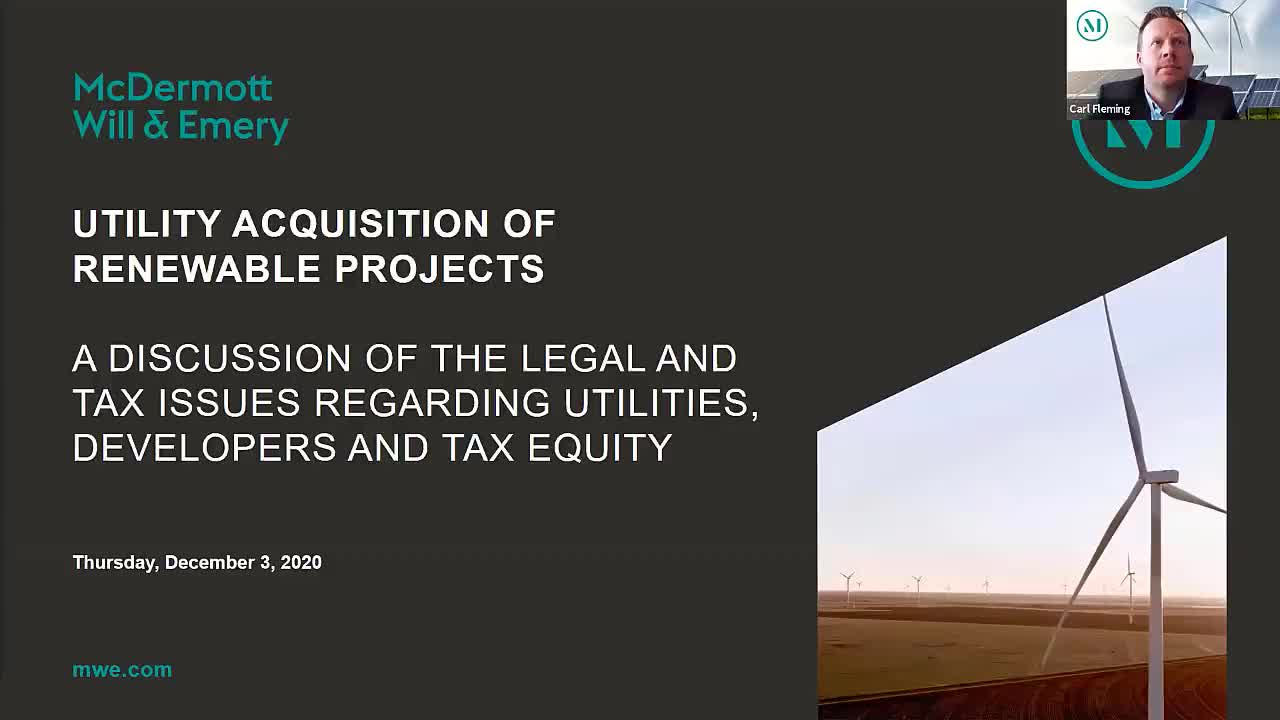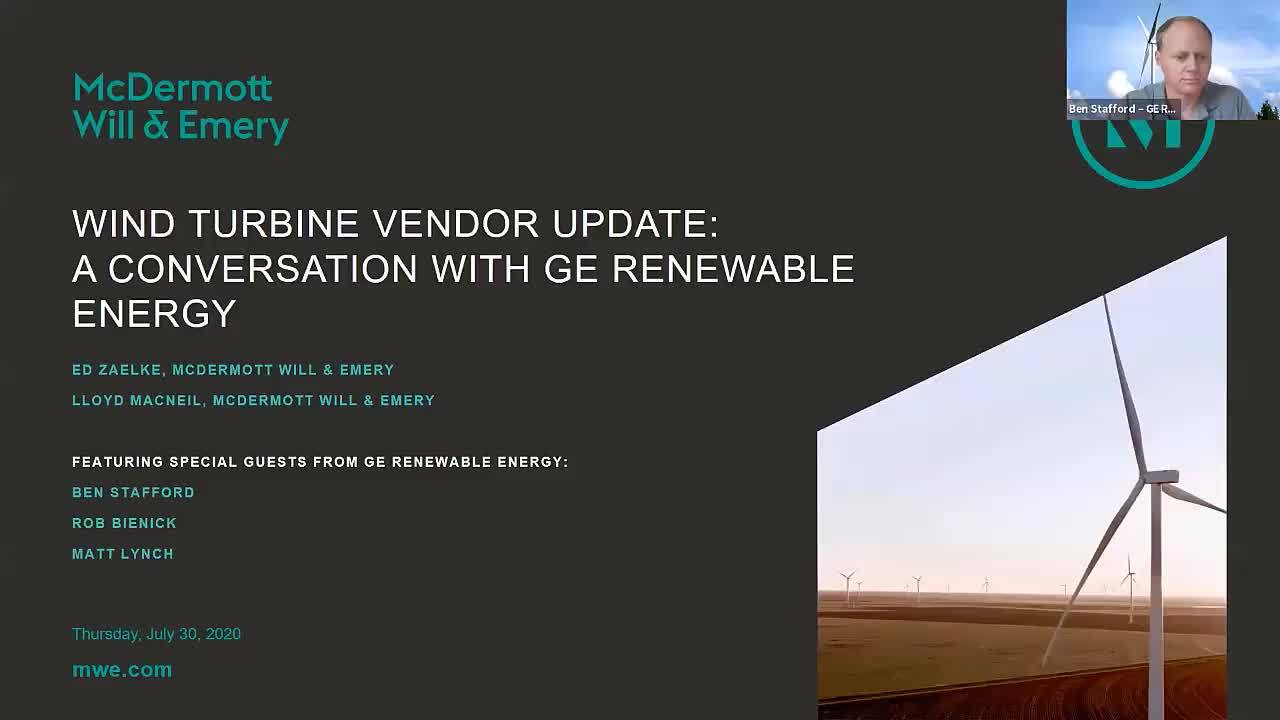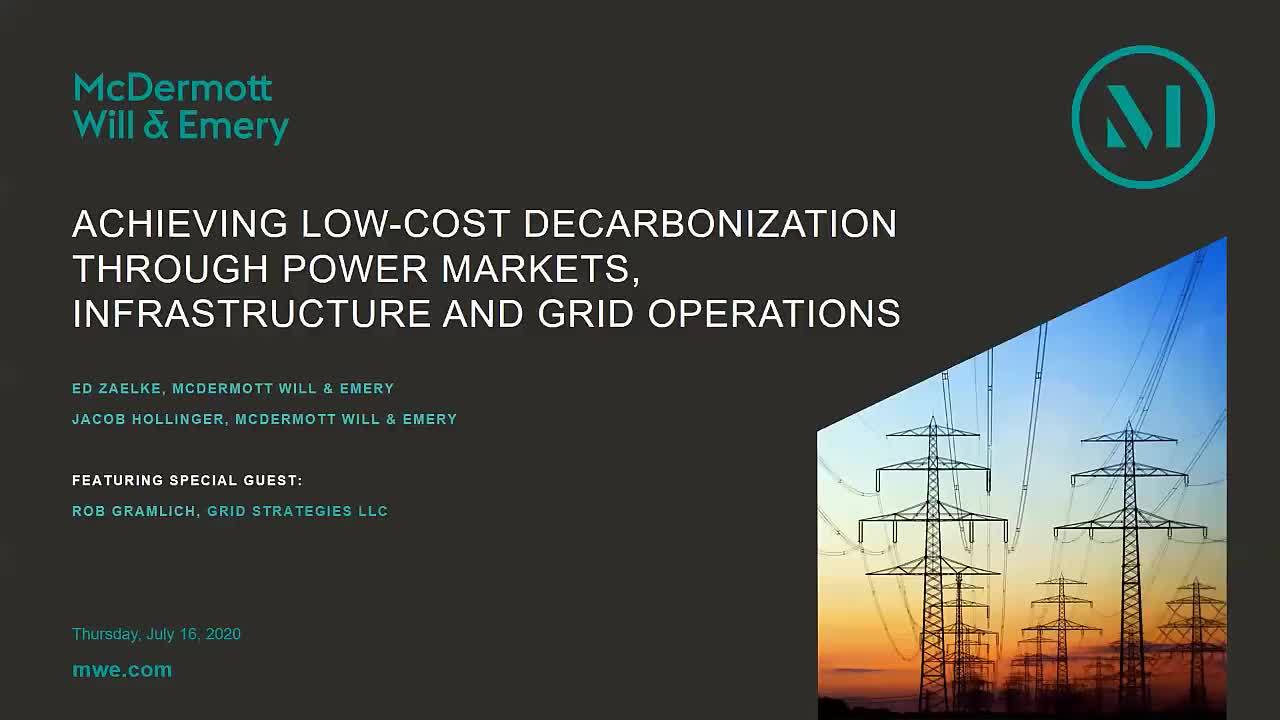Today, Pete Buttigieg was sworn in as secretary of transportation after his nomination passed the US Senate 86-13. His confirmation means a likely boon for investment in US infrastructure, particularly for those investing in renewable energy infrastructure, electric vehicle infrastructure and electric vehicles. In an email distributed to his staff today, he advised them that “…we will break new ground: in ensuring that our economy recovers and rebuilds, in rising to the climate challenge and in making sure transportation is an engine for equity in this country.”
US President Joe Biden has made similar pledges about infrastructure. Last week he signed an Executive Order that took bold steps to combat the climate crisis both at home and throughout the world, creating a number of opportunities for developers, lenders and investors in the renewable energy space.
Buttigieg’s confirmation is noteworthy since it is another concrete step by the Biden-Harris administration to implement its climate change agenda. For instance, the Biden-Harris administration has committed to replacing all government cars and trucks, including the fleet of United States Postal Service vehicles, with clean zero-emission electric vehicles. This would require replacing more than 645,000 vehicles, which reflects the most recent amount of government vehicles reported by the General Services Administration in 2019.
Buttigieg will now be responsible for overseeing the nation’s transportation system and creating safer roadways. The 86-13 vote signals that rebuilding the nation’s infrastructure will receive cross-party support. Buttigieg’s former experience as mayor of South Bend, Indiana, will likely aid him in impacting the local levels.
read more

 Subscribe
Subscribe




